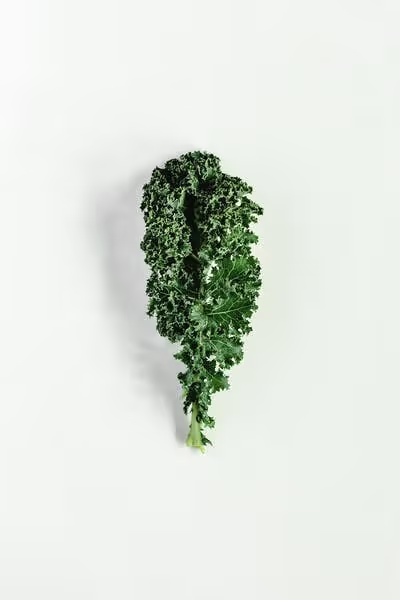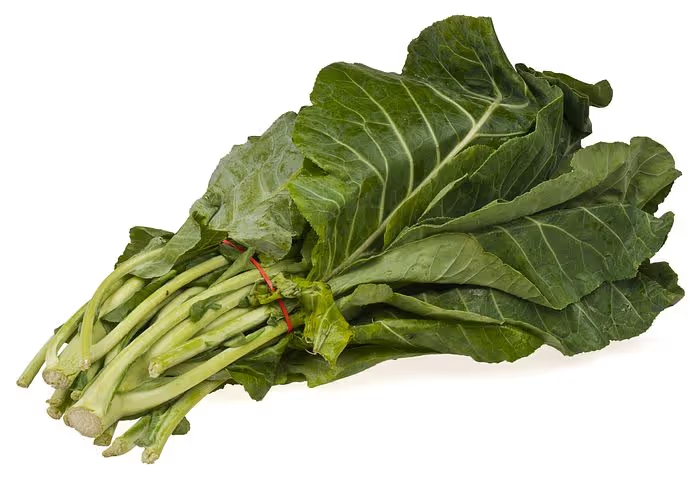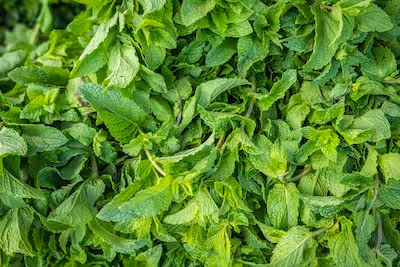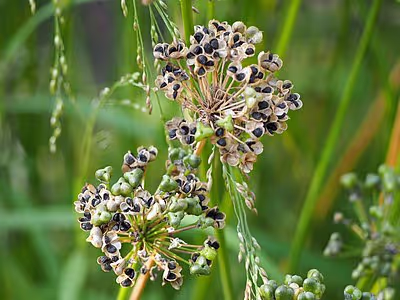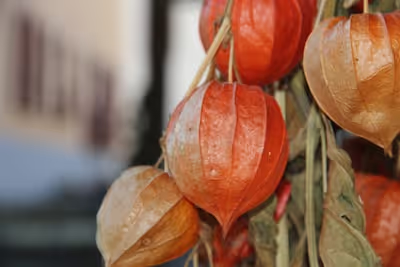How To Grow Saffron Crocus
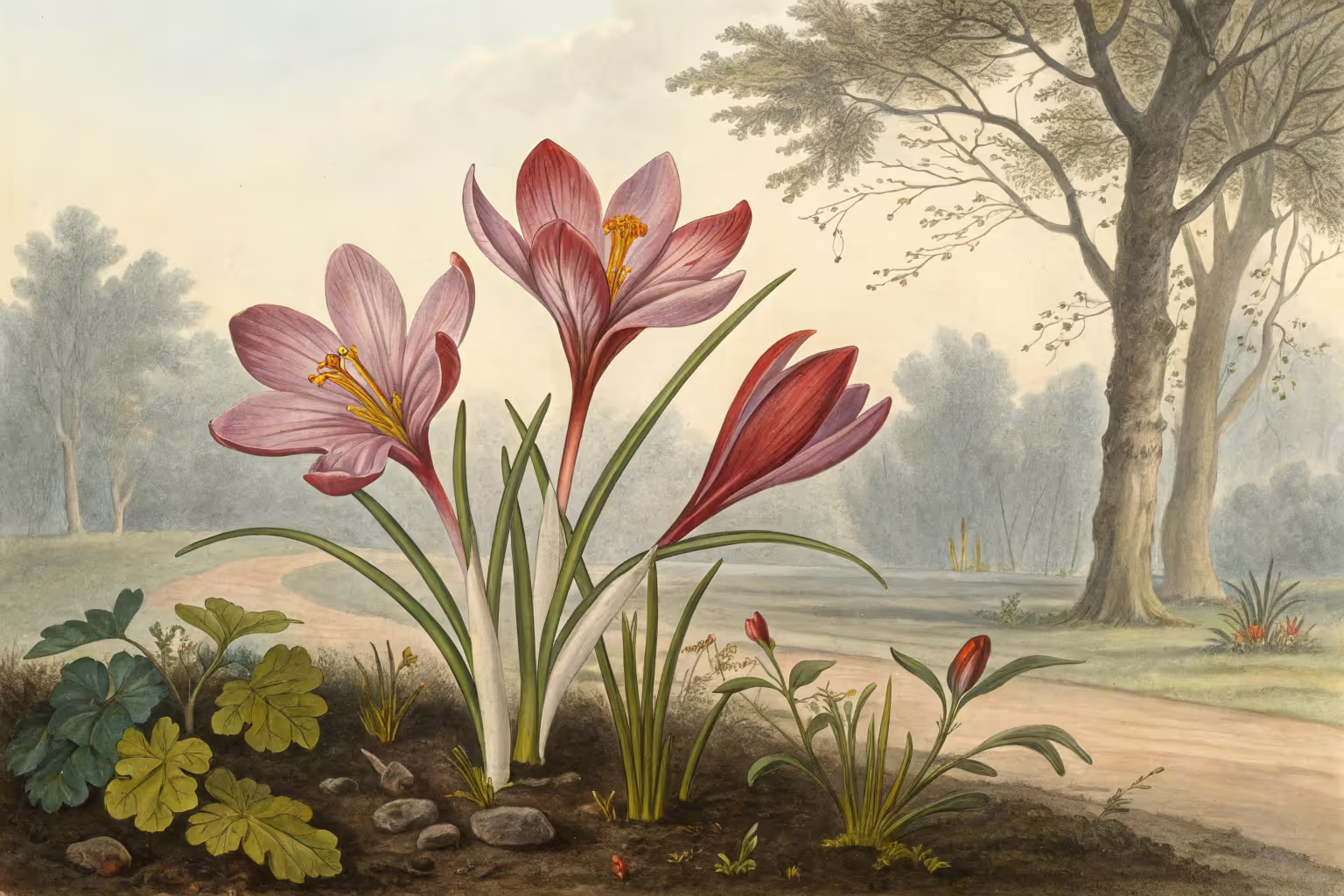
Growing Saffron Crocus
Want gourmet gold blooming right in your garden? Growing saffron crocus takes minimal space, flourishes each autumn, and delivers the world's priciest spice—saffron threads harvested by hand from delicate purple blooms. Discover how planting these bulbs in summer sun and gritty, well-drained soil lets you savor homegrown saffron year after year.
Cheatsheet: Saffron Crocus Growing Guide
🌱 Planting Time & Location
- Plant bulbs: Late summer to early fall
- Site: Full sun, well-drained soil
- Climate: USDA 6-9; dry summers, wet winters
🔪 Tools and Products You'll Need
- Trowel
- Saffron crocus bulbs (Crocus sativus)
- Gardening gloves
- Wheelbarrow or bucket
- Label stakes
- Harvesting tweezers
🧑🌾 Planting Steps
- Prep Site: Remove weeds, mix in compost.
- Plant Bulbs: 3-4 in (8-10 cm) deep, 4-6 in (10-15 cm) apart, point up.
- Water: Soak after planting. Let soil dry between waterings.
- Label Rows: Mark plantings to avoid disturbing bulbs.
🌸 Flowering & Harvest
- Blooms: 6-8 weeks after planting, usually in October-November
- Harvest early morning, use tweezers for stigmas
- Dry threads in warm, dark spot 48 hours
- Yield: ~150 flowers for 1g saffron
💡 Health & Self-Sufficiency
- Saffron: Powerful antioxidant, supports mood, boosts memory
- High value: One ounce fetches $500-5,000
- Grows in small spaces, ideal for homegrown spice
🚩 Maintenance & Tips
- No summer water—bulbs rot if wet
- Divide clumps every 4 years
- Mulch lightly in cold winters (below 15°F / -10°C)
- Watch for rodents—protect with mesh if needed
Growing Saffron Crocus: The World’s Most Coveted Spice from Your Backyard
Saffron Crocus: Worth Its Weight in Gold
I recall the first time I held a handful of saffron threads. The aroma hit me like a warm, exotic breeze—earthy, honeyed, and almost metallic. Saffron, as Forbes puts it, “weighs in as the world's most expensive spice,” fetching up to $10,000 per pound (Forbes, 2023).
Yet, growing saffron crocus (Crocus sativus) at home feels like gardening alchemy, transforming blank soil into culinary gold.
What Makes Saffron Crocus Unique?
This plant flowers in autumn, when most gardens are winding down. Its vibrant lilac petals and fiery stigmas dazzle in the cool air. Each corm produces just 1–3 blossoms annually, each flower yielding only three precious red stigmas—the saffron threads you’ll harvest.
Key Growing Requirements
- Climate: Mediterranean-like climates suit saffron best. USDA Zones 6–9 work well. A mild, dry summer and cold winter help trigger blooms.
- Soil: Well-draining, sandy or loamy soils. Slightly alkaline to neutral pH (6–8). Waterlogged conditions will rot corms overnight.
- Sun: Full sun, at least 6 hours per day. I’ve grown them successfully in raised beds that bake in afternoon light.
How to Plant Saffron Crocus
- Buy fresh corms late summer—August or early September—before they lose vigor. Reputable sellers like Brent and Becky’s Bulbs, or Dutch suppliers, ensure disease-free stock.
- Prep the site: Loosen soil to 10 inches (25 cm). Mix in sharp sand and compost for drainage.
- Plant corms 4 inches deep (10 cm), 4–6 inches apart (10–15 cm). Pointy side up. I group them in clusters for more impact and easier harvest.
- Water once: A good soak after planting wakes them up. Then water sparingly; saffron thrives on neglect during summer dormancy.
Squirrels have a nose for expensive tastes. Cover the patch with mesh if critters haunt your yard.
Seasonal Care
- In autumn: Watch for slender, green shoots. Blooms burst open within weeks, sometimes as early as October.
- In winter: Leaves persist; let them photosynthesize. Don’t mow or tidy too soon.
- By spring: Foliage yellows and withers. Now’s the time to ignore them—they’re storing energy for next fall.
Harvesting Saffron
Early morning, just as flowers open, pluck the whole bloom. Gently tease out the three crimson stigmas from each flower—these are your saffron threads. Dry quickly on a paper towel in a warm, dark spot for a week. Store in an airtight container away from light. I always stash mine inside a spice tin in the pantry.
“You’ll need roughly 75,000 flowers to make a pound of saffron,” says the International Saffron Association. For the home grower, a hundred corms will net a couple of grams—more than enough for paella and risotto all winter.
Comparing Saffron Crocus to Other Unusual Bulbs
- Saffron Crocus (Crocus sativus): Blooms in fall, produces edible threads, unique among crocus.
- Spring Crocus (Crocus vernus): Blooms in spring, not edible, less fuss but only ornamental.
- Autumn Crocus (Colchicum autumnale): Toxic, similar appearance, dangerous if misidentified. Never eat!
Always source bulbs from trustworthy suppliers and double-check species.
Common Problems & Solutions
- Rot: Poor drainage dooms corms. Sand and raised beds save the day.
- Pests: Rodents dig up corms. Mesh or gravel mulch discourages them.
- No flowers? Check sun exposure—shade means leaves, no blooms. Replant in a sunnier spot.
Yearly Corm Care
Saffron corms multiply underground, forming offsets. Every 4–5 years, dig up, divide, and replant offsets after foliage dies down. This keeps the patch vigorous and productive. I mark the planting spot with a stone to avoid accidently digging blind and slicing through corms midsummer.
Where to Buy Saffron Corms
- Specialty bulb growers (preferably with organic certification)
- Online marketplaces with strong reviews (be cautious of cheap, mislabeled bulbs)
- Local botanical gardens with seasonal plant sales
Expect to pay $1–$2 per corm for premium stock.
Tips for Bigger Yields
- Plant on a south-facing slope for maximum sun.
- Enrich soil with leaf mold or compost before planting.
- Let foliage die back naturally—don’t tidy too soon.
- Replant every few years to prevent overcrowding.
Culinary Use
Homegrown saffron tastes richer than anything bottled. Just a pinch transforms stews, rice, and even ice cream. Google “Marcella Hazan saffron broth”—trust me.
Personalized Saffron Crocus Plans
Every garden has quirks: microclimates, pets, accidental shade from the neighbor’s trampoline. For tailored saffron advice by location and garden type, I recommend Taim.io—it delivers personalized plans for everything from soil prep to harvesting tips.
Frequently Asked Questions about Growing Saffron Crocus
When is the best time to plant saffron bulbs?
Plant saffron bulbs, also known as corms, in late summer or early autumn, ideally between August and October, allowing them enough time to take root before winter's arrival.
What soil conditions favor healthy growth?
Plant corms in well-drained, sandy or loamy soils rich in organic matter. Maintain a slightly alkaline to neutral soil pH of around 6.0 to 8.0 for optimal growth and flowering.
How deep and how far apart should I plant the saffron bulbs?
Place bulbs at a depth of 3 to 4 inches (7.5 to 10 cm) and space them at least 3 inches (7.5 cm) apart. This spacing ensures proper air circulation and encourages thriving root development.
What watering practices should I follow?
Water consistently after planting, keeping soil moderately moist but never soggy. After flowering, gradually reduce watering during winter dormancy to prevent bulb rot and encourage healthy new growth next season.
How do I properly harvest saffron threads?
Harvest saffron by carefully hand-picking the vibrant crimson stigmas during early morning, as flowers open, typically in mid to late autumn. Gently separate the stigmas from blooms, then allow drying naturally in a cool, dark and well-ventilated place to preserve quality and flavor.
What is the ideal climate for successful saffron cultivation?
Saffron performs best in warm, sunny climates with dry summers and mild winters, tolerating temperatures ranging from 5°F to 70°F (-15°C to 21°C). Cold winters are beneficial for dormancy, while warm, dry conditions encourage flowering and healthy development.
Are there pests or diseases that commonly affect saffron bulbs?
Saffron corms can be vulnerable to rodent damage, fungal infections, and bulb rot. Implement best practices like ensuring adequate soil drainage, planting bulbs at correct depths, and regular inspection to promptly address any issues.
How many flowers are needed to produce saffron spice?
Each flower produces only three saffron threads (stigmas). Approximately 150 to 200 flowers are necessary to yield around one gram (0.035 ounces) of dried spice, highlighting the labor-intensive nature of saffron cultivation.
How should saffron bulbs be stored if not planting immediately?
Store unplanted corms in a cool, dry, and dark location with good air circulation, between 40°F and 50°F (4°C and 10°C), to maintain viability until planting season arrives.
Growing Saffron Crocus pays you back if you respect its rhythm: plant firm corms in late summer to early fall, give full sun, well-drained soil, and a dry rest after bloom.
Set corms 3 to 4 inches deep and 4 to 6 inches apart. Water once to settle, then go light. Harvest at dawn, pluck the three red stigmas, and dry them gently. Keep roots out of soggy beds with grit or raised beds. Divide clumps every few seasons after foliage yellows. In frigid zones, add a thin mulch once the ground cools.
Build a sun-loving corner with oregano or marjoram that share the same dry, gritty preference. For bulb basics, see how to grow onions. Do the work. Enjoy the saffron.
Organic Grower's Guide to Thriving Saffron Crocus
Soil Care and Conditioning
- Apply compost tea monthly during growth for soil vitality.
- Add ground eggshells annually to raise calcium levels and balance soil pH slightly alkaline (6.5 - 7.5).
- Incorporate biochar for sustained nutrient release and enhanced soil microbes.
Preventive Natural Pest Management
- Plant companion herbs—such as thyme, oregano, or sage—to repel pests naturally.
- Periodically sprinkle neem meal around bulbs to deter bulb-feeding insects and nematodes.
- Introduce beneficial insects like ladybugs or lacewings to prevent aphid infestation.
Sustainable Irrigation Techniques
- Employ drip irrigation or porous clay vessels (ollas) for water conservation and precise moisture control.
- Mulch beds with organic straw or shredded leaves to minimize evaporation and moderate soil temperatures.
- Limit water after blooming ends in spring, mimicking Mediterranean dry summers, to prevent bulb rot.
Boosting Harvest Quality and Yield
- Harvest stigmas at dawn to retain optimal aroma and antioxidant properties.
- Dry stigmas immediately over gentle heat (110°F/43°C max) for superior flavor preservation.
- Rotate saffron planting areas every 4-5 years to maintain robust harvests and reduce soil depletion.
Nutrition and Self-Sufficiency Benefits
- Saffron contains over 150 antioxidant compounds beneficial for mood improvement and cognitive health.
- Homegrown saffron reduces reliance on imported spices, enhancing food security and self-sustaining gardening practices.
- Just 50 flowering bulbs typically yield enough saffron annually for household culinary use.
Find out which plants will thrive in your garden!
Answer a few fun questions and get custom plant recommendations perfect for your space. Let’s grow something amazing together!

start your season
